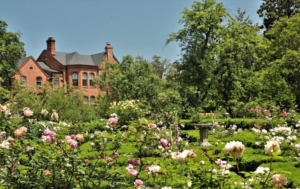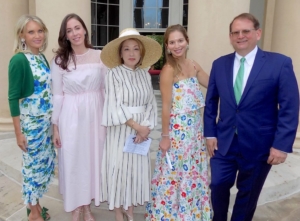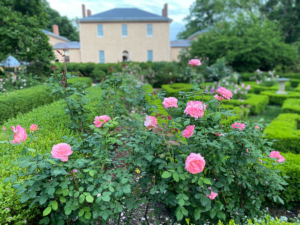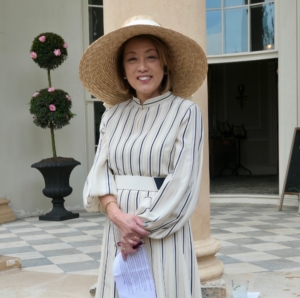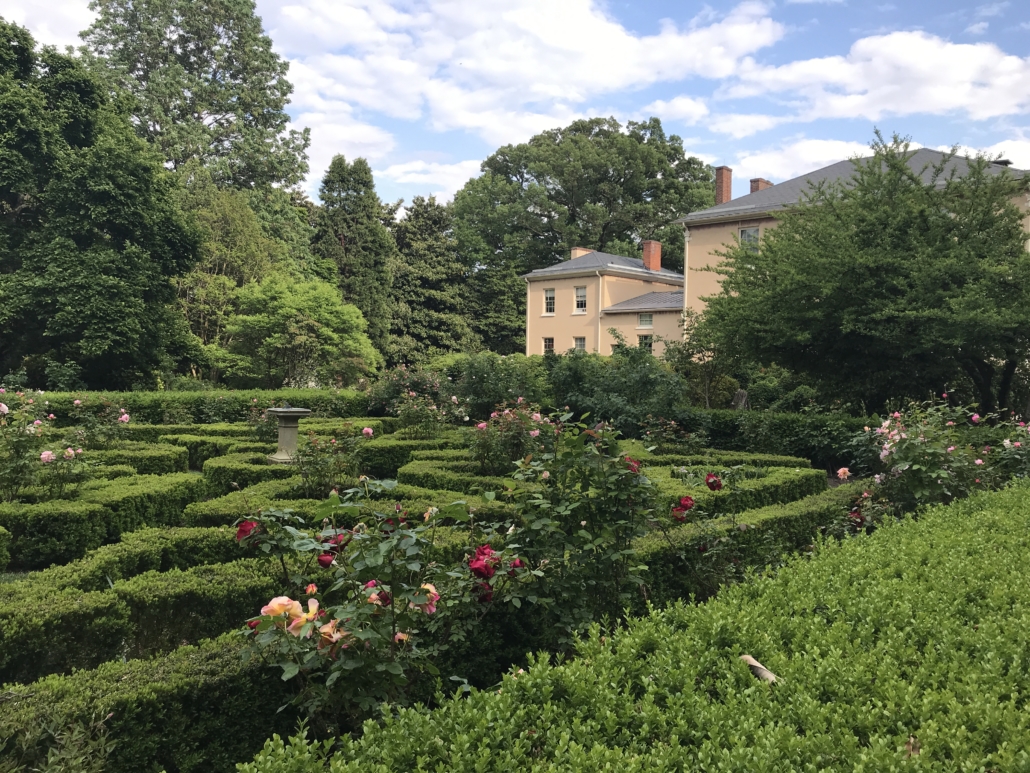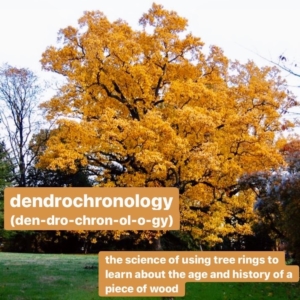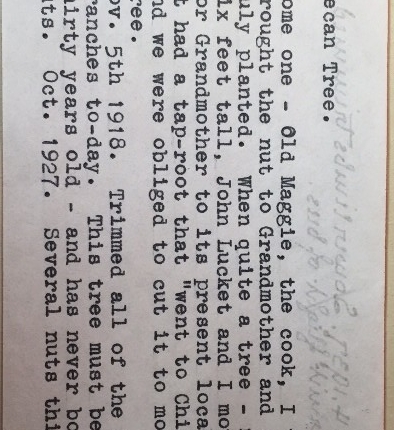By Kellie Cox, Director of Gardens and Grounds
For this first post in From Our Garden, a new monthly blog at Tudor Place, I want to share with you one of the property’s several garden “rooms” and one of my favorite places here, the Bowling Green. The Bowling Green was also a favorite spot of Armistead Peter 3rd (1896-1983), the property’s last private owner. Since joining the staff of Tudor Place as director of gardens and grounds in August, I have been studying the plant collections and history in these wonderful gardens. This has meant getting to “know” Armistead 3rd and the generations that preceded him here and their approaches to the landscape. I’m also getting to know the amazing garden staff and volunteers who have accomplished so much in just my first two months here. We are looking forward to many projects to come and to connecting more deeply to our community with new garden programs.
One way to share more of the gardens is on the web: This blog inaugurates what we hope will be much new media and educational garden programming online. We will write and share photos here about garden programming, background and information on our plants (comprising, so far as we know, the only formally accessioned flora collection in a historic house museum), and ongoing projects. And sometimes, like today, we will simply invite you to “visit” a special spot.
This tour starts not in the Bowling Green, but above it, in the enclosure called the Summer House, built in 1960-1961 during Armistead 3rd and Caroline’s ownership. This small structure and the path before it offer a delightful view of the Bowling Green stretching southward, framed by a matching pair of elegant greyhounds sculpted in lead. Proceeding from there down a curved flight of brick and flagstone steps that skirt the terraced area, a shaded brick pathway leads to the Green’s only entry, midway along its west side. Prominent in the entry path stands a tall, octagonal bird bath adorned by a cupid statue – a feature designed by Armistead Peter 3rd with inspiration from the works of Verocchio. This bird bath was once surrounded by Lily of the Valley (Convallaria majalis), and our goal this fall is to restore these historically-based plantings surrounding it.
Entering the sheltered area of the Bowling Green, you will find it surrounded by beautiful specimen trees and shrubs including American Boxwood (Buxus sempervirens), American Holly (Ilex opaca), Horse Chestnut (Aesculus hippocastanum), and Kobus Magnolia (Magnolia kobus). No records suggest that any actual bowling went on here, but the name likely refers to the long, narrow lawn, which could have served for games like bocce or other forms of “bowls” or “lawn bowling.” At the green’s southern end, a statue by sculptor Paul Wayland Bartlett overlooks the brick-edged lily pond. Bartlett’s stepdaughter was Caroline Ogden-Jones Peter (1894-1965),Armistead 3rd’s first wife, and the collection contains many of his works. The lily pond statue replicates a figure Bartlett designed for the U.S. Capitol pediment, House wing, in 1909. The seating area by the lily pond here is one of the garden’s most relaxing areas, a great place to read a book for the afternoon.
We hope you enjoyed your digital visit and will come see us in person soon. You can tour the garden (orsix days a week, whenever we’re open, for only $3 a visit, or attend an upcoming garden program. Stay tuned for a new garden blog post in November!
 14, 2023 @ 10:000 am | Katherine Mahoney
14, 2023 @ 10:000 am | Katherine Mahoney
